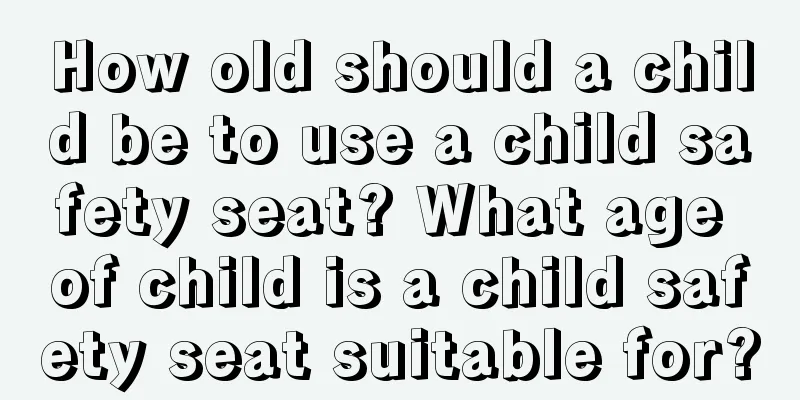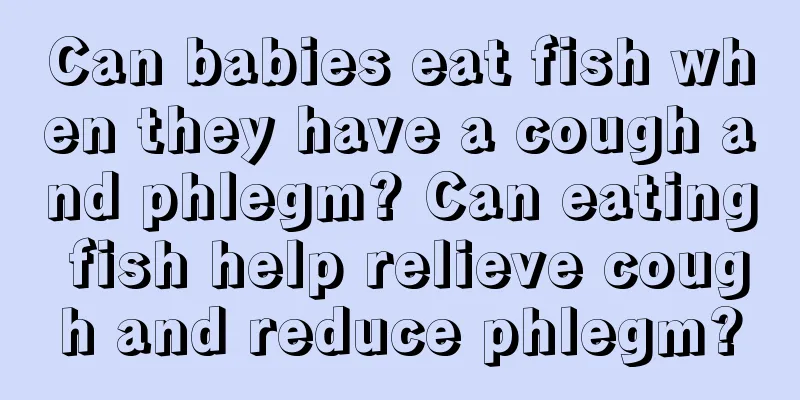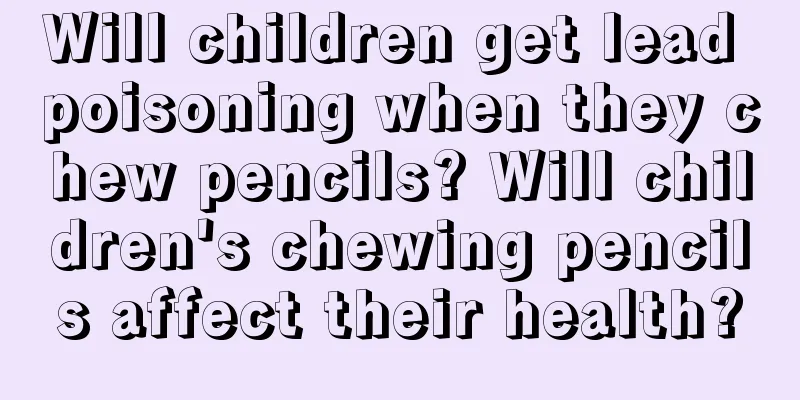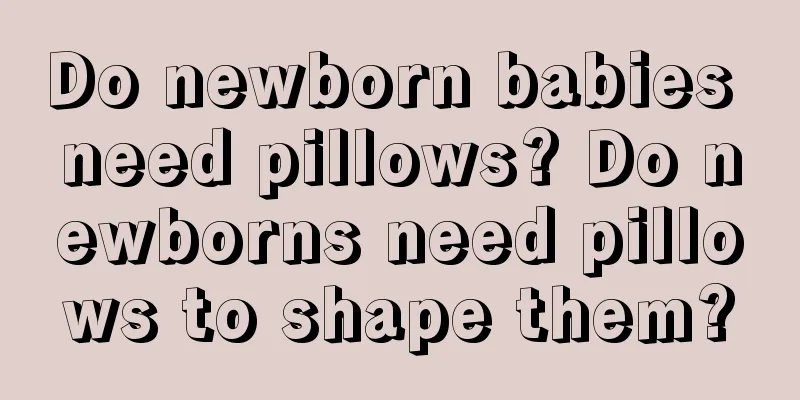How old can a child be used to use a fever patch? How old is the fever patch suitable for?

|
The cooling effect of the fever patch is quite good. It is a medicine that many people use when they have a fever. When their baby has a fever, many people will put a cooling patch on their baby to reduce the temperature and relieve the condition of high body temperature. At what age can children use fever patchesGenerally speaking, it is best not to use a fever patch on your baby before he is 3 months old. After 3 months, you can use a fever patch. The fever patch uses a physical cooling method, which is generally safe. However, since the baby's skin is relatively delicate, some babies will still be allergic to the fever patch if used improperly. The effective time of the fever patch is generally about 8 hours. The fever patch can only reduce the temperature from the surface, and cannot fundamentally solve the symptoms of the baby's fever. If the baby's fever exceeds 38.5℃, you can't rely solely on the fever patch to reduce the temperature. You also need to use antipyretic drugs to help the baby reduce the fever. As a physical fever-reducing medicine, the fever patch is generally used more by children, so families with children at home often have one or two boxes at home to prevent children from catching a cold and fever. It can be used to temporarily help children lower the temperature appropriately. Since the child's brain is in a state of development, if it is in a state of high fever for a long time, it may affect the normal and healthy development of the child, so parents should respond to the fever in time. What age of baby is the fever patch suitable for?It can be used for babies over 3 months old, but the best way is to see a doctor. It is more suitable for babies over 3 months old and under 12 years old to use fever patches. Use with caution for babies under 3 months old. Fever patches are also divided by age group. Parents should read the instructions of different fever patches carefully and use them according to the instructions and doctor's advice. 1. The fever patch is an external cooling product. It will not destroy the body's immune system response at all. It is a physical cooling method, which is equivalent to applying a cold towel on the forehead. There are generally no side effects if used for a long time. At most, the cooling effect will not be that good. 2. Theoretically, any fever-reducing patch that can be used by infants and young children can also be used by adults. However, due to the small size of infants and young children, the active ingredients contained in the fever-reducing patch are small, so it may be less obvious when used on adults. Therefore, this is why the fever-reducing patch designed for infants and young children has an age setting, and the effect may not be good for those over 12 years old. 3. The cooling patch uses gel as a carrier. It takes away a large amount of local heat from the human body through the vaporization of water in the gel, thereby playing a role in cooling down. It is a commonly used physical cooling product. It cannot solve the root causes of all fevers and is only suitable for fevers of 37.5℃-38.5℃. Once the fever exceeds 38.5℃, physical cooling cannot be relied upon alone and medication is required. The efficacy of cooling patchCooling patches are one of the common household medicines. They are mainly used when children have cold symptoms and elevated body temperature. In addition, cooling patches can also treat fever symptoms caused by sun exposure and muscle strain. How to prevent fever in children1. Water is involved in all metabolism of the human body. Drinking less water will naturally make you sick. Therefore, water is also the most important "medicine" for preventing and treating children's colds and fevers. It is recommended that parents should let their children develop the habit of loving and actively drinking boiled water from an early age, and never replace boiled water with beverages or fruit juices. 2. Especially for children taken care of by the elderly, some elderly people are afraid of cold themselves and think that the baby is also afraid of cold. Even in the dry and warm room, they make the baby wear three layers inside and three layers outside, and the little face is often covered with red. 3. Some young parents have the habit of staying up late themselves, and therefore neglect their children's sleep. Children often fall asleep after 11 o'clock at night and have to go to kindergarten or school on time the next day, resulting in long-term lack of sleep, which affects their growth and immunity. 4. Children love to move. If they wear too many clothes, they will sweat easily. It will also cause internal heat accumulation in children, which will easily cause colds and fevers. Therefore, it is better to dress children moderately. 5. Many parents want their children to eat more, but eating too much can easily cause indigestion and weaken the immune system, which gives viruses and bacteria an opportunity to invade the child's body and cause a fever. So don't force your child to eat when he or she doesn't want to eat. |
<<: What are the key points for parents to teach their five-year-old children?
>>: Will baby's milk rash heal on its own? What should I do about baby's milk rash?
Recommend
How often should a baby take a bath in autumn? How often should a baby take a bath in autumn?
How often should babies take a bath in autumn? To...
How to deal with baby's intestinal gas? Quick solution: physical and drug treatment
As adults, I believe you have all experienced the...
What causes bad breath in infants and young children? 4 major causes of bad breath
Bad breath usually occurs in adults, but rarely i...
What are the symptoms of constipation in pregnant women? Pregnant women should pay attention to constipation
Many expectant mothers will encounter constipatio...
Why does the baby cry without tears? Is it normal?
Have you noticed that newborn babies have no tear...
Can I eat durian during confinement? How to eat durian during confinement?
Women are weak during the confinement period, so ...
Can babies have their nails cut? At what age can babies have their nails cut?
As time goes by, baby's nails begin to grow a...
Can I keep the baby if I get pregnant after drinking? Does taking medicine have any impact on pregnancy?
Many people who have unexpected pregnancies have ...
Can I drink Red Bull during childbirth? Is it useful to drink Red Bull during childbirth?
Many pregnant women prepare Red Bull and chocolat...
A one-year-old girl accidentally got a screwdriver stuck in her brain while playing. How can we prevent children from getting hurt in our daily life?
Recently, it was reported that a one-year-old gir...
Can electric blankets remove moisture? Can pregnant women use electric blankets?
The national regulations stipulate that the servi...
What should women pay attention to during confinement? What are the dangers of not sitting properly during confinement?
Confinement after childbirth is a stage that ever...
How much Blue Moon laundry detergent should be used? Does Blue Moon laundry detergent contain bleach?
Every time I use laundry detergent to wash clothe...
Does an electric blanket have radiation? Will an electric blanket cause a sore throat?
The main function of an electric blanket is to ma...
What about Babyganics sunscreen? Is Babyganics sunscreen good?
How is Babyganics sunscreen? Summer is coming and...









